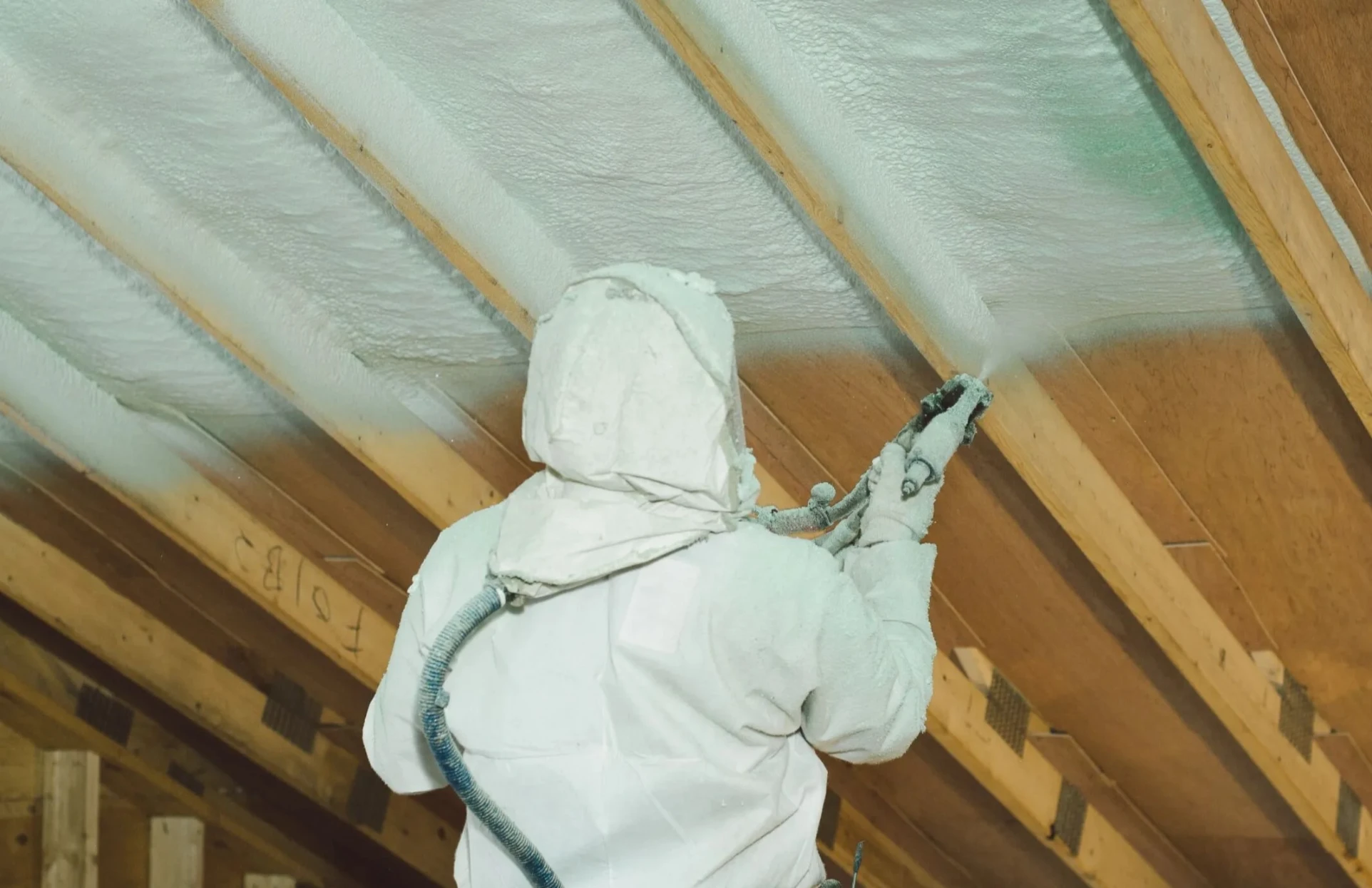
Spray foam insulation has gained popularity as an effective solution for improving energy efficiency and reducing heating and cooling costs. However, like any construction material, it comes with both advantages and disadvantages. This article explores the potential downsides of spray foam insulation, ensuring homeowners and businesses in Salem, OR can make informed decisions.
Spray foam insulation is a chemical-based insulation material applied in liquid form, which then expands to create an airtight seal. It is widely used in residential and commercial buildings due to its superior insulating properties. However, despite its benefits, there are certain drawbacks that homeowners should consider before installation.
One of the primary concerns with spray foam insulation is its upfront cost. Compared to traditional insulation methods like fiberglass or cellulose, spray foam can be significantly more expensive.
| Insulation Type | Average Cost per Sq. Ft. | Estimated Lifespan |
| Fiberglass | $0.40 – $1.50 | 20-30 years |
| Cellulose | $0.60 – $2.30 | 20-30 years |
| Spray Foam | $1.50 – $3.50 | 30-50 years |
While spray foam provides long-term energy savings, the higher initial investment may not be feasible for all homeowners.
Spray foam insulation is made of polyurethane and other chemicals that emit volatile organic compounds (VOCs) during installation. Exposure to these fumes can cause:
Once spray foam insulation hardens, removing or modifying it can be challenging. Unlike fiberglass or batt insulation, which can be easily replaced, spray foam requires specialized equipment and labor-intensive procedures for removal.
While spray foam creates an airtight seal, improper installation can lead to moisture-related issues, including:
Spray foam insulation may not be the best choice for all buildings. Older homes with existing moisture issues or structures with poor ventilation may experience complications. Additionally, certain building materials, such as metal roofs, may require additional considerations to avoid condensation problems.
While spray foam insulation contributes to energy efficiency, its environmental impact is a growing concern.
If not installed correctly, spray foam can lead to significant problems such as:
To avoid these issues, it is crucial to hire experienced professionals with expertise in spray foam application.
While spray foam insulation offers numerous benefits, including energy efficiency and durability, it also comes with potential downsides such as high upfront costs, environmental concerns, and installation risks. Homeowners in Salem, OR should carefully weigh these factors before choosing spray foam insulation for their property.
For professional spray foam insulation services in Salem, OR, reach out to Capital City Spray Foam of Salem. Their expert team ensures high-quality installation, maximizing energy efficiency and long-term benefits for your home or business.
Yes, when properly installed and cured, spray foam insulation is safe. However, during installation, homeowners should stay away from the area to avoid exposure to VOCs.
Spray foam itself is resistant to mold and mildew, but improper installation can trap moisture, leading to mold growth on surrounding materials.
DIY spray foam kits are available, but professional installation is recommended to avoid common issues like improper expansion and poor adhesion.
Spray foam insulation can last 30 to 50 years if installed correctly and not exposed to significant damage.
Yes, spray foam insulation significantly improves energy efficiency by preventing air leaks and reducing heating and cooling expenses.
Yes, spray foam can be used in existing walls, but it requires drilling small holes for proper application.
Spray foam insulation generally requires minimal maintenance, but periodic inspections can help identify any potential issues early.
Once fully cured, spray foam insulation does not release harmful chemicals. However, proper ventilation is essential during the curing process to prevent indoor air quality issues.
If improperly installed, spray foam can trap moisture, leading to roof deterioration. Proper application and ventilation prevent such issues.